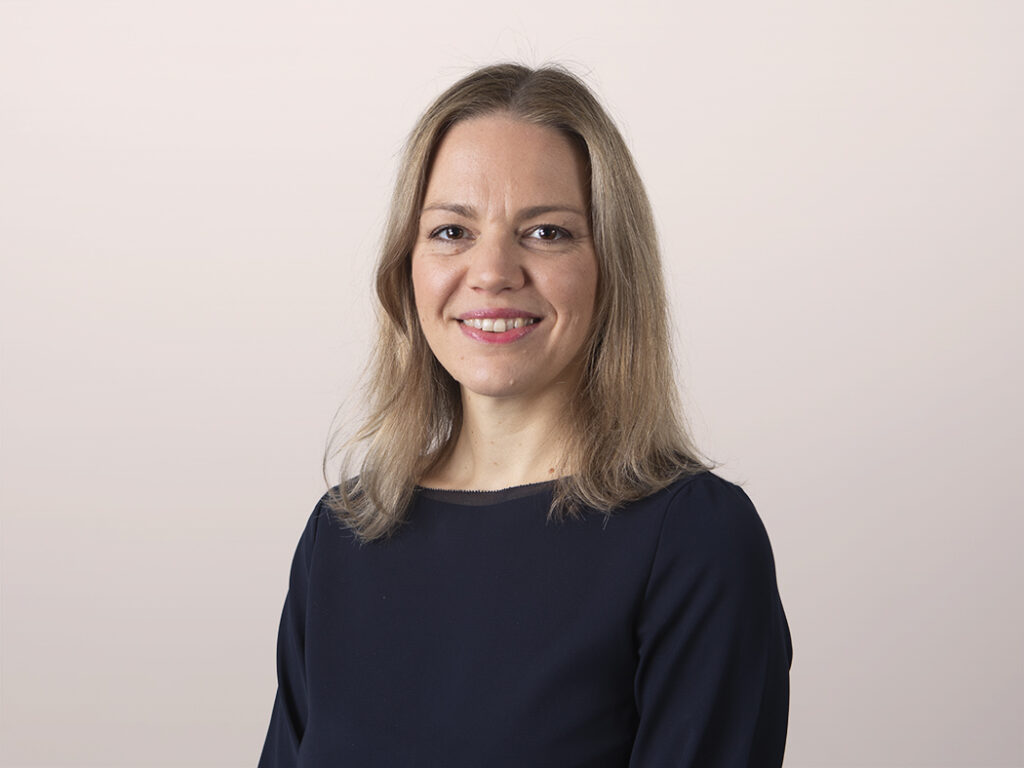What Could Next-Gen Financial Coaching Look Like?
Over the past decade, Forrester has written extensively about the evolution of digital money management (AKA personal financial management, or PFM). Digital money management promises to give millions of people the financial education, budgeting tips, financial guidance, and advice that they sorely need. Yet, despite customers needing financial advice as much as ever, early implementations of digital money management have often fallen short of customers’ expectations, resulting in poor customer adoption. Why? Many firms launched money management as a one-size-fits-all set of pie charts under a separate tab within online banking that they explained poorly or barely promoted to customers. And even when money management was fully embedded in digital banking, it hardly helped customers achieve their financial goals, whether it be saving money for a rainy day or staying on track for a comfortable retirement.
Customers don’t need a PFM toolkit. They need financial insights and timely, specific, and actionable recommendations that are based on an understanding of their unique financial position.
Where incumbents haven’t responded with better personal finance experiences, a flurry of startups is now ready to take over. You can learn about these new players in my new report Disrupting Finance: Digital Money Managers. Direct-to-consumer budgeting apps like Clarity Money and Tink, micro-savings chatbots like Chip and Digit, and digital banks like Moven are proliferating, using new capabilities such as AI and predictive analytics to anticipate what people need and provide them with actionable insights, alerts, and recommendations, or even act on behalf of the user. These new entrants also weave the lessons of behavioral economics into the fabric of their financial technologies, nudging customers into saving more and spending less. As it happens, Richard Thaler, the man behind “nudge” economics, was recently awarded the Nobel Prize in Economic Sciences for his contribution to the field. There are indeed important lessons to be learned as to how banks could subtly steer customers’ actions toward healthier financial habits.
To date, digital money managers have had mixed success. But open banking and the European directive on payment services (PSD2) — which forces European banks to provide open access to their clients’ data to rival banks and financial technology firms — will put wind in their sails.
Some financial institutions are already building the stepping stones for next-generation financial coaching. The Spanish bank BBVA, which remains at the forefront of innovation in financial services, recently launched a new digital diagnostic tool — “Bconomy” — that provides the customer with a picture of his financial health and generates a personalized action plan to help him improve his financial well-being over time. The head of digital transformation at BBVA Spain, Gonzalo Rodríguez, explains to us that “money is the main cause of stress for a substantial number of people. With that tool, BBVA’s goal is to help customers develop better financial habits and build up a financial cushion, which will protect them in the event of unforeseen circumstances.”
Digital money management is still banks’ opportunity to lose. Banks already have every potential user as a customer. They know more about those customers. Those customers trust them with their data. And banks have the transactional engine. Digital banking teams should learn from digital leaders like BBVA, CIBC, and USAA; exploit their current advantages; and help customers with data-driven financial coaching. Forrester’s digital money management research provides detailed guidance on how digital banking teams can tackle this challenge.
